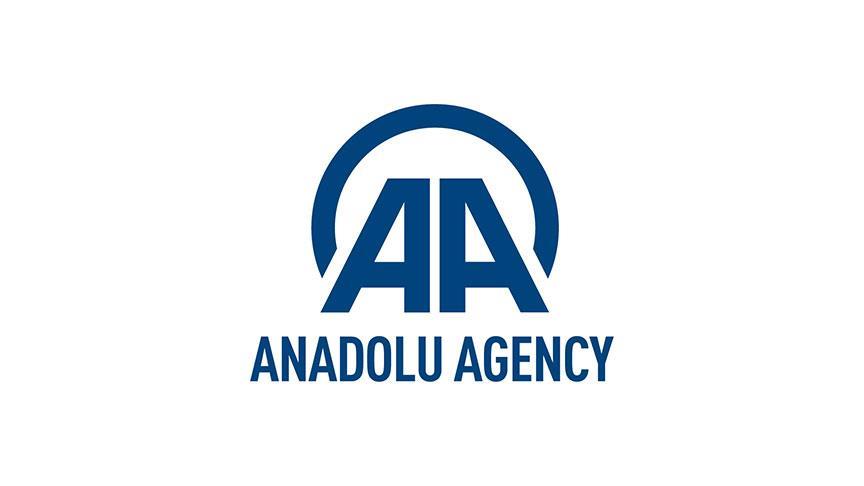- The Writer holds an MSc from Creighton University and is a Ph.D. candidate in the Turkish National Police Academy
Brent oil price sustained over the $50 benchmark towards $53 through recent falls in U.S. oil inventories along with a relatively weaker U.S. dollar. U.S. oil production reached 9.43 million barrels per day although the oil rig count in the country continued its slow down for a month. Furthermore, some OPEC and non-OPEC countries, which have been party to the oil cut extension pact, are looking to raise and sustain conformity levels.
Oil markets last week will be reviewed based on the U.S. dollar index, weekly American Petroleum Institute (API) and Energy Information Administration (EIA) crude oil inventories, weekly EIA field production of crude oil in the U.S. and the weekly U.S. Baker Hughes rig count.
Brent oil price began the week with a slight rise to $52.65 through a decrease in the U.S. dollar index despite the two rig-count decline as reported in the U.S. Baker Hughes data from the previous week. However, the price fell to $51.78 due to the rise in the U.S. dollar index and a weekly increase of 1.78 million barrels in U.S. oil inventories as detailed in the weekly API report.
However, it recovered to $52.36 through a fall of 1.53 million barrels in U.S. oil inventories, according to the Energy Information Administration’s (EIA) weekly report on Wednesday as well as the decrease in the U.S. dollar index. This increase was despite the rise in U.S. crude oil production of around 20,000 barrels per day to 9.43 million barrels per day for the week ending July 28 as reported by the U.S.’ weekly EIA crude oil production report.
On Thursday, the price dropped further to $52.01 with the negative effects of the rise in U.S. oil production and settled at $52.42 at the end of the week with a one-count decline in the weekly U.S. rig count as per Baker Hughes data.
In brief, last week Brent oil slightly declined to $52.42 from $52.52 mainly through the rise in U.S. oil inventories.
Baker Hughes oil rig count data for the U.S. more than doubled compared to counts in May 2016, but for the past six weeks, this rise has slowed down, and for more oil rigs to be commissioned, the oil price would need to increase further. However, over the same period, crude oil production increased by around 1.7 million barrels per day in the U.S. The question now remains as to the extent to which the slowing pace in the oil rig count would affect the fall in U.S. production. This could be answered in August with potential higher oil prices.
Another supportive instrument for oil prices is a weaker U.S dollar, which is becoming weaker day by day due to political disputes in the Trump presidency with the recent high-level resignations in his team. These include Sean Spicer, the White House press secretary, who resigned in mid-July and Anthony Scaramucci who is known as the shortest-serving White House communications director in history after being fired ten days into his new role on July 31.
However, a weaker U.S dollar complies with Trump’s economic policy. Since Trump wants the U.S. to be more competitive in trade against China, Japan, and Germany, a weaker dollar would help ensure that U.S can reduce its foreign trade deficit. Although with the Fed’s two interest rate hikes and one more possible hike in 2017, the U.S dollar index is destined to be lower than 2016, which helps oil prices amid rises in U.S oil production.
Oil markets will continue to focus on changes in U.S. oil production and in oil inventories under a relatively weaker U.S dollar. The outcome of the OPEC and non-OPEC meeting on August 7-8 in Abu Dhabi where all concerned are trying to boost conformity levels will also be eagerly awaited.
A rise in the Brent oil price to between $53 and $55 may be seen if strong declines in U.S. oil production and oil inventories endure, or if a positive outcome from the OPEC meeting emerges. If not, declines towards $50 are likely.
- Opinions expressed in this piece are the author’s own and do not necessarily reflect Anadolu Agency's editorial policy.


